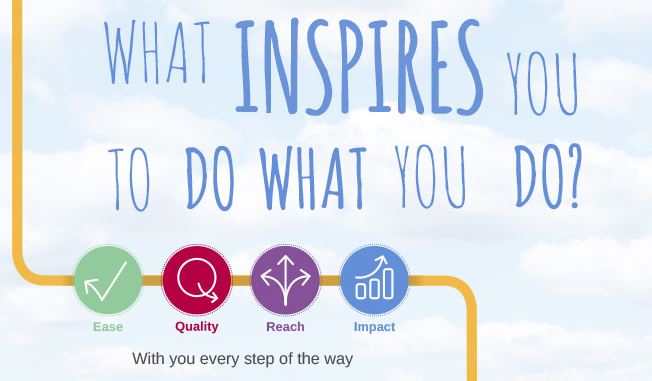simplifying-submission-with-wileys-free-format-initiative
June 26, 2020
Authors frequently provide feedback that the submission process is time-consuming and overly complex. A new approach called free format submission is designed to ease the process for authors, but first, let’s take a look at the problem.
Author guidelines are often lengthy, containing scores of instructions about how to format a manuscript. Not surprisingly, it can take hours for an author to format their manuscript exactly in line with the author guidelines.
To add insult to injury, an author's manuscript may be rejected at the first hurdle because the editor doesn't feel it's appropriate for the journal, or it may not have met all the journal submission requirements. And so the submission process begins all over again, at another journal with another set of author guidelines... No wonder authors are so frustrated.
How do authors feel about submitting manuscripts? Here are some examples of feedback we’ve received from our authors:
“The process is rather long and tedious - it has gotten more complicated with time. Too many bureaucratic questions.”
“Submission can take a whole day.”
“Never has the word ‘submission’ seemed so bitterly apt as it did during this process.”
Overly complicated submission requirements can lead to authors choosing journals that they know have easier submission processes. And, more broadly, there's evidence to suggest that the submission process is wastefully expensive for the research ecosystem.

It's not just the financial cost that's at stake: there's a huge risk to author satisfaction and timeliness of publication. A recent study found that “time spent on reformatting delays most publications by at least two weeks and by over three months in about 20% of manuscripts.”

This is where free format submission comes in. Stripping out the vast majority of formatting requirements, it allows authors to submit their manuscripts in pretty much whatever format they find easiest.
The bottom line is that the manuscript, figures, or tables must be readable by the editors and reviewers.
The editorial office and editors undertake to assess the manuscript in the format in which it's submitted with no further requirements on the author's part.
Free format submission is a way of doing things to help your authors succeed in the submission process.
Formatting requirements are requested at revision, once the authors know that their manuscript has a strong chance of final acceptance for publication by the journal.
Won't there still be some requirements?
Yes, some things are non-negotiable at initial submission: statements relating to ethical requirements such as conflict of interest disclosures or ethics approval, for example. These will be discipline-dependent. Think of free format submission as focusing on removing all formatting hurdles. And it's an approach - a philosophy, if you like - not a detailed list of specific items.
It sounds great and I'd love to roll this out on my journal! What's the next step?
If you'd like to roll this out for your journal, speak to your Journal Publishing Manager. Your author guidelines will need to be updated to include the new free format approach, and the online submission and peer review system may need some minor modifications to facilitate an easier submission process and to help your reviewers focus on content rather than format. Wiley’s standard author guidelines template was recently updated and is now simplified, shortened, and includes text for free format submission as well as other Wiley programs. Even if you are not ready to move to free format submission, you may like to consider streamlining your author guidelines; speak to your Journal Publishing Manager to discuss.
My journal already has a format-free policy. Do I need to do anything differently?
There's no obligation whatsoever to rebrand your process as free format. Ultimately, we want to encourage as many journals as possible to take this approach to handling new submissions. And if your journal is already doing it, that's great!












